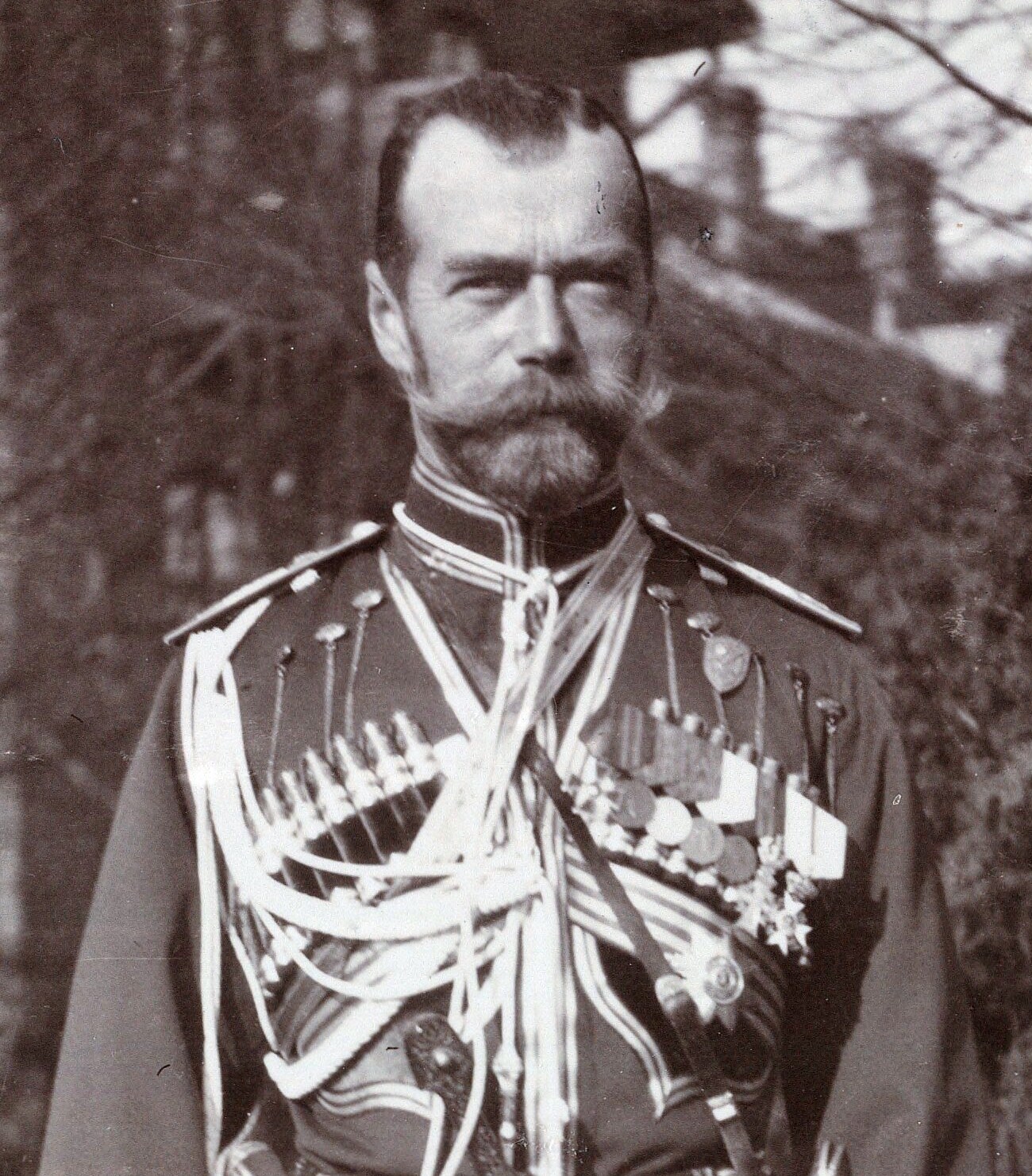Death Valley, CA
From http://foundtheworld.com/wp-content/uploads/2014/06/Death-Valley-2.jpg
The Badwater Basin is the lowest point in North American at 282 feet below sea level. A mere 82 miles away sits highest summit in the contiguous United States, Mount Whitney, at 14,505 feet. Given all these remote and extreme features, it may be surprising to most that an actual marathon race is held in Death Valley every year, from Badwater to Mount Whitney. In mid-July. With no prize for first place.
Some of the world's greatest endurance runners prepare for the Badwater Ultramarathon
Inexplicably ambulating through Death Valley
Most traditional marathons today are 26 mile (and 385 yard) races through large urban centers like London, Los Angeles, and New York. The New York City Marathon, one of the world’s largest, regularly features over 45,000 participants. The Badwater-Death Valley Marathon is a far cry from the traditional marathon. The Badwater race, heralded as the “toughest footrace in the world,” is more accurately categorized as an ultramarathon, or any marathon race beyond the traditional 26 mile limit. In the case of the Badwater Race, it is a held in the infernal desert heat of July, and features a grueling 135 mile slog from the Badwater Basin (-282 feet below sea level) to the Mount Whitney Portal (8,360 feet above sea level). In 2012, a grand total of 96 intrepid souls set out to Death Valley for a chance to win a medal (for those capable of finishing in less than 60 hours) or more brazenly, a belt buckle (for those who finish in under 48 hours). There is no award, other than notoriety, for those who finish first.
A coveted Badwater Ultramarathon belt buckle from the 2009 race
So if you are a runner who would like a real challenge, maybe you can start training for the 2014 race. After all, if you can run 135 miles through the most forbidding desert in the world for a belt-buckle, you can probably do anything. Happy trails!
Running In Death Valley
From: http://i2.cdn.turner.com/cnnnext/dam/assets/150826114949-dean-karnazes-badwater-marathon-exlarge-169.jpg













